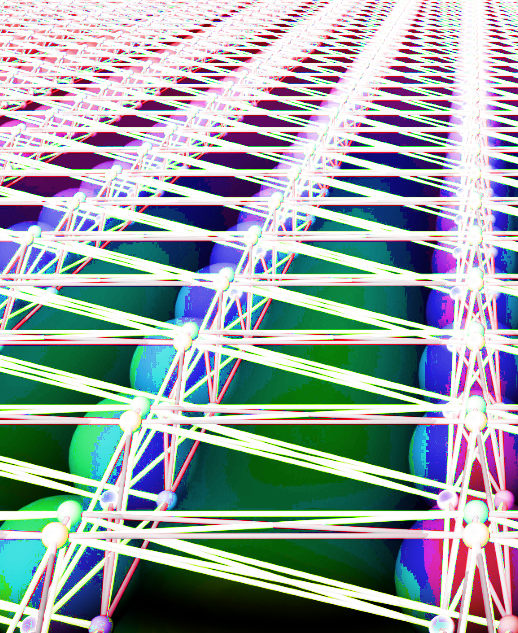New record for quantum comms
 Chinese scientists have transmitted information between two entangled clouds of atoms 50 kilometres apart.
Chinese scientists have transmitted information between two entangled clouds of atoms 50 kilometres apart.
The feat achieved on standard fibre optic cables breaks the 1.3-kilometre barrier achieved by previous quantum memory experiments.
Quantum entanglement — dubbed “spooky action at a distance” by Albert Einstein — allows the spin, position and momentum of pairs of atoms separated by distance. It is expected to be the basis of advanced future technologies such as secure communication systems.
The scientists say their experiment is a step towards building a quantum internet.
The big breakthrough came from extending the entangling distance in optical fibre between quantum memories, according to Jian-Wei Pan, of the University of Science and Technology of China (USTC).
“The main technology advance lies in developing an efficient atom-photon entanglement source that is suitable for low-loss transmission in fibres,” said study co-author Dr Xiao-Hui Bao also of USTC.
It is an “absolutely formidable achievement”, according to physicist Ben Buchler from the Australian National University.
“The level of complexity and the things that they've done to make this work are just absolutely mind-boggling,” Dr Buchler said.
The scientists encoded information onto two clouds of a billion atoms before extracting a photon from each cloud.
The wavelength of the photons was converted from near-infrared to a format capable of being sent through standard optical fibres.
The photons were sent to a central point in the network where they could be detected and read, indicating that the atoms are entangled.
“So [they] started with two atom clouds that weren't entangled, but by making this joint measurement [they're] forcing entanglement into the two atom clouds,” Dr Buchler explained.
The experiments transmitted between two locations 22 kilometres apart, and through a 50-kilometre-long coiled fibre.
Professor Jian-Wei's group has another quantum record, after a 2017 experiment successfully entangled photons between Earth and satellites — a distance of up to 1,200 kilometres.
While the distance achieved using a satellite was much further, Dr Buchler says quantum repeaters developed in the more recent study could distribute memory in a controlled way and enable synchronised networks.
“If you've just got photons flying around its very hard to delay them so that they arrive at the right place at the right time,” Dr Buchler said.
“But if you have a system that you can control where you push a button to get the photons out on demand that's the advantage of these memory systems.”







 Print
Print